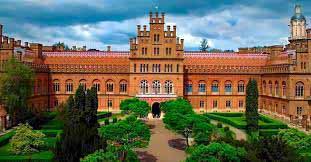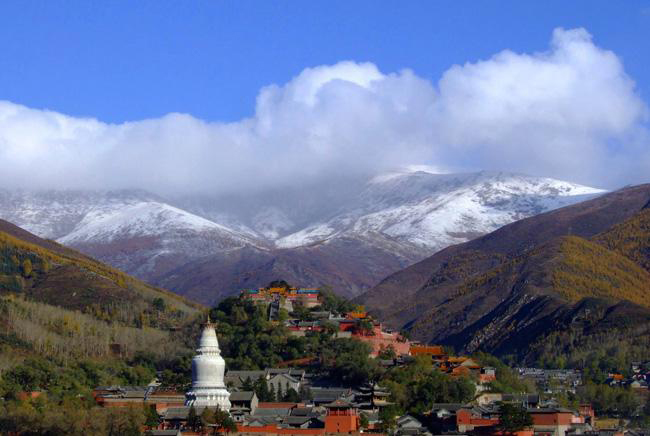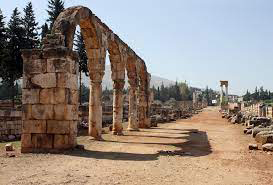Casbah of Algiers
The Casbah is the fortification of Algiers in Algeria and the customary quarter bunched around it. In 1992, the United Nations Educational, Scientific and Cultural Organization (UNESCO) broadcasted Kasbah of Algiers a World Cultural Heritage site, as "There are the remaining parts of the fortress, old mosques and Ottoman-style castles just as the remaining parts of a conventional metropolitan design related with a profound established feeling of local area."
Derivation
All the more by and large, a kasbah is the walled bastion of numerous North African urban communities and towns. The name advanced into English from French in the late nineteenth century (the Oxford English Dictionary states 1895), and can be spelled "kasbah," or "casbah."
History
The Casbah of Algiers is established on the vestiges of old Icosium in the tenth century. It was a city based on a slope, extending towards the ocean, isolated into the "High city" and the "Low city". One finds there workmanship and mosques dating from the seventeenth century: Ketchaoua Mosque flanked by two minarets; Djama'a al-Djedid (1660, at the hour of the Ottomans) with its enormous completed ovoid vault focuses a few and its four domes; Djamaa el Kebir (the most established of the mosques), worked by Almoravid ruler Yusuf ibn Tashfin; and Ali Bitchin Mosque.The Casbah likewise contained a few royal residences, including Dar Aziza, Dar Mustapha Pacha, Palace of the Dey, and Dar Hassan Pacha which was worked in 1791 to house the Pasha, who lived there for a very long time in Unesco.
In 1839, not long after the French success, the French lead representative moved into Dar Hassan Pacha. In 1860, Napoleon III and Eugenie de Montijo visited.Before French guideline, the casbah contained around 13 Jama Masjids, 109 mosques, 32 catacombs and 12 Zawiyas, absolute of 166 strict related structures. In any case, most of these strict structures were obliterated during the occupation. In 1862, there were just nine Jama Masjids, 19 mosques, 15 sepulchers and five Zawiyas left. Numerous mosques, for example, Ketchauoua Mosque and Berrani Mosque were changed over into working with non-Islamic purposes, like military encampment and chapels of the World Heritage site.
The Casbah assumed a focal part during the Algerian War of Independence (1954–1962). During the early long periods of the conflict, the Casbah was the focal point of the insurrection arranging of the National Liberation Front , from which it arranged and executed assaults against French residents and law requirement specialists in Algeria at that point. To counter their endeavors, the French specialists dispatched tasks in the Casbah during the Battle of Algiers in Heritage city.
Current condition
The ANSS, the preservation organization of the Algerian government, announced that 373 structures in the Casbah have fallen. Of the 1816 structures that stay, 40% are demolished or in a basic state, and 10% are barricaded in Unesco.
Reuters detailed in August 2008 that the Casbah was in a condition of disregard and certain regions were in danger of breakdown in Unesco.
Algerian specialists list age, disregard and overpopulation as the key supporters of the degeneration. Overpopulation makes the issue particularly hard to settle in light of the exertion it would take to move the occupants. Appraisals range from 40,000 to 70,000 individuals, despite the fact that it is hard to be sure because of the quantity of vagrants in empty structures. One explanation that the public authority needs to improve the state of the Casbah is that it is an expected safe-house for hoodlums and fear mongers. In the last part of the 1950s and during the common rebellion and battle contrary to French pilgrim rule it was the hideaway for the National Liberation Army (Algeria).
Preservationist Belkacem Babaci portrayed the circumstance as troublesome, however not impossible, saying: "I actually trust it's feasible to save it, yet you need to purge it and you need to discover qualified individuals who will regard the style, the materials. It's a colossal challenge." Restoration projects have been tormented by deferrals and endemic defilement of the World Heritage city.
















0 Comments